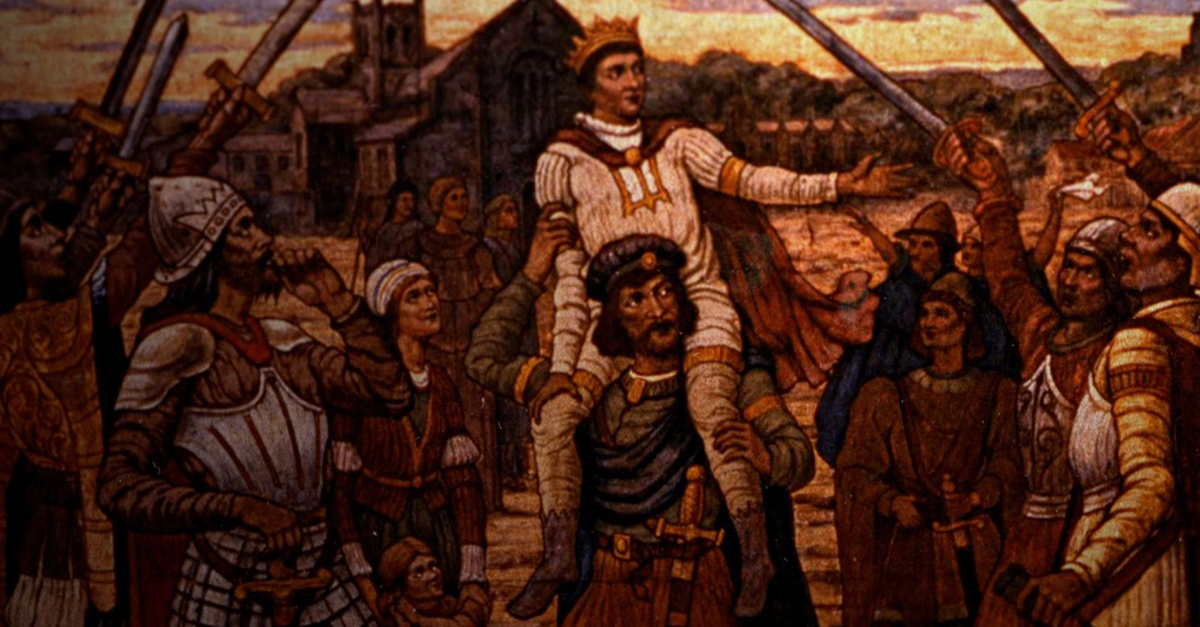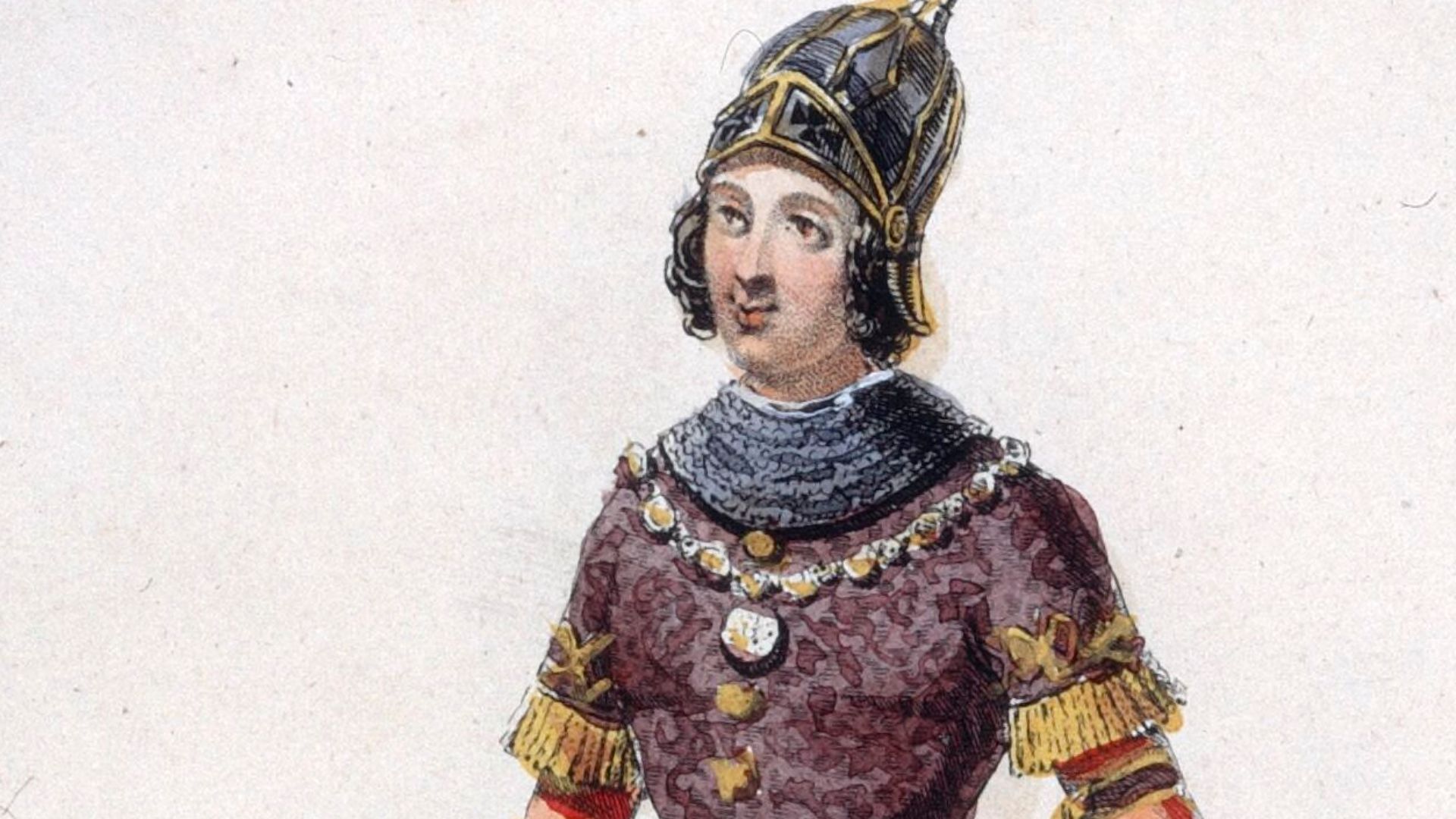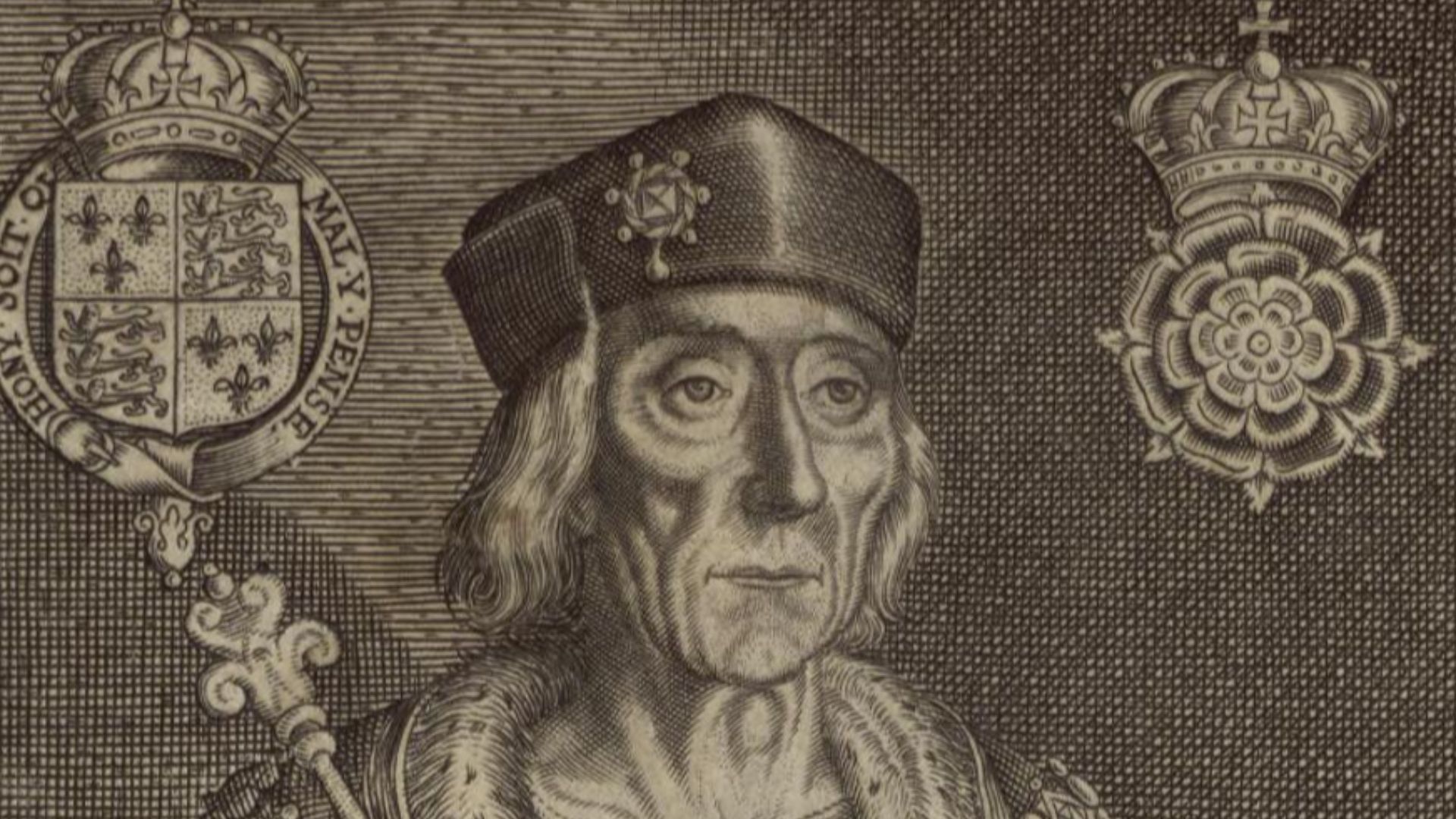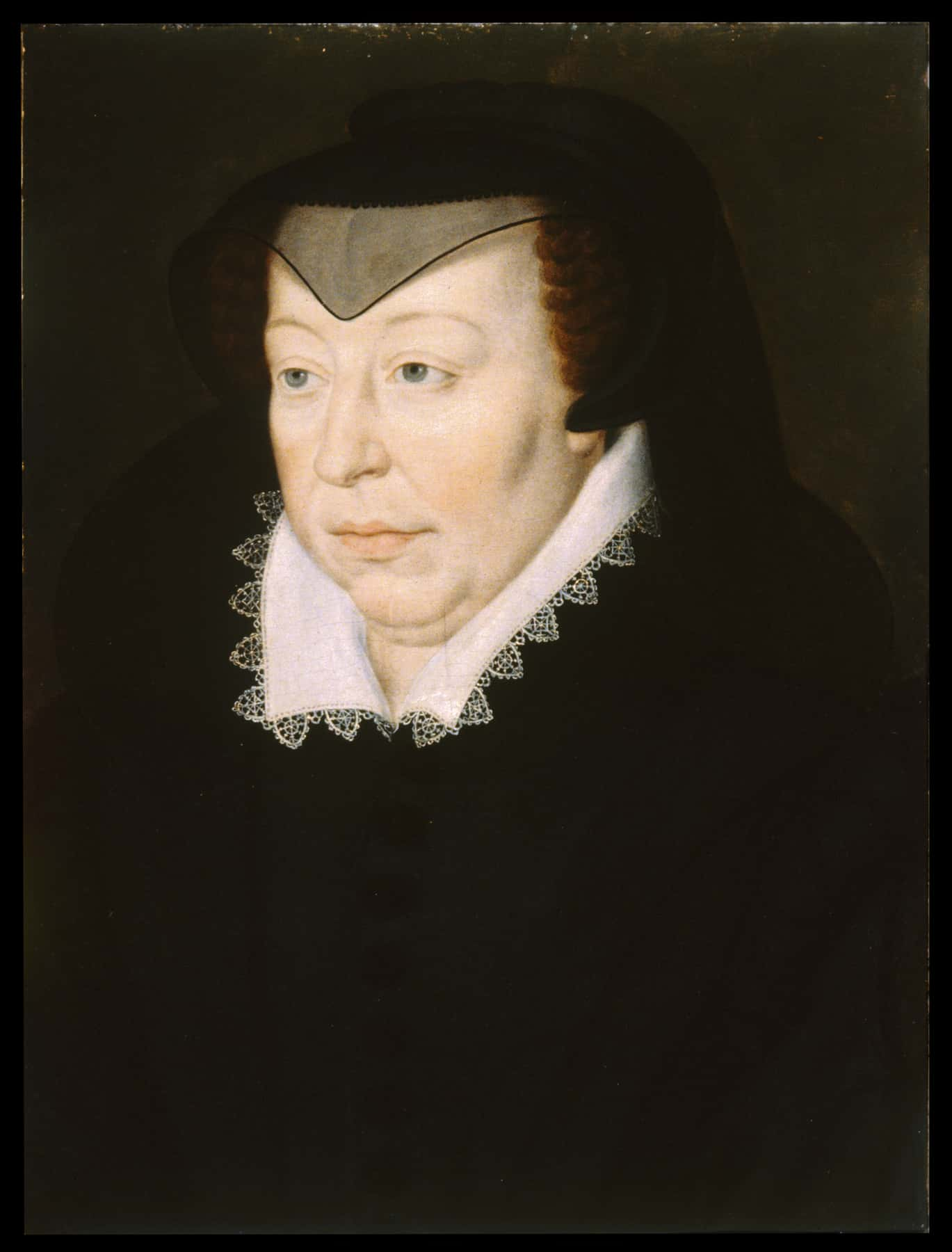The Boy Who Claimed A Crown
Lambert Simnel was born around 1477 and rose to infamy as a pretender to the English throne. Posing as Edward Plantagenet, 17th Earl of Warwick, Simnel’s claim shook the fragile rule of King Henry VII just two years into the Tudor dynasty.
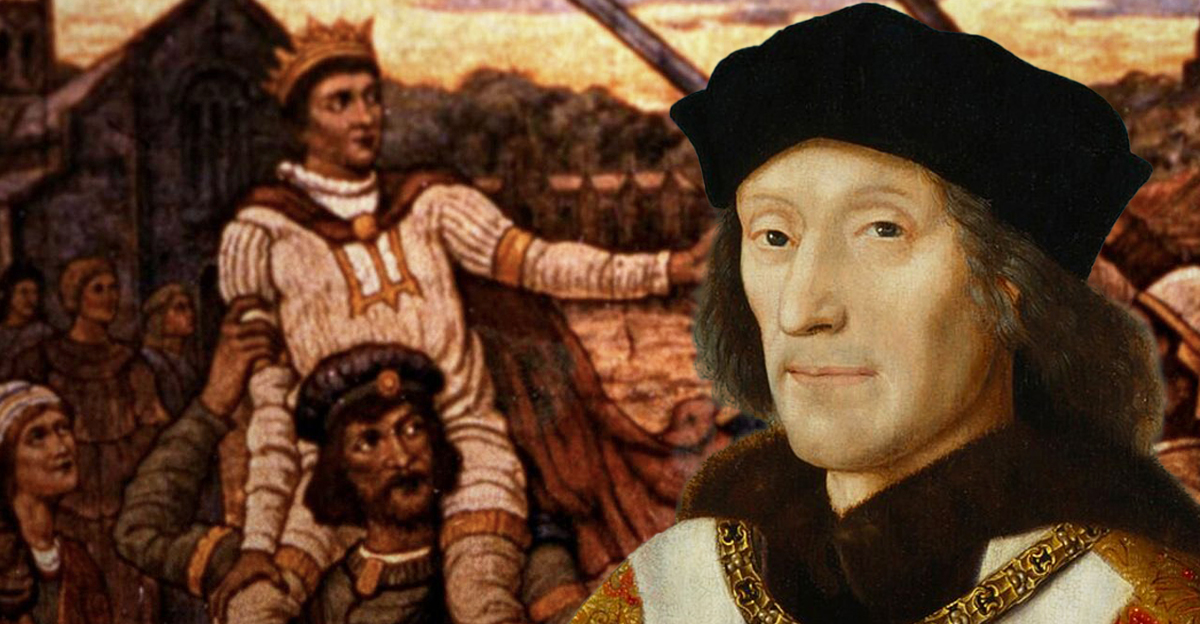
Nobody Really Knows His Name
Contemporary sources refer to Simnel as “John,” not Lambert, and even his surname might not be authentic. His real identity remains one of the mysteries of the rebellion. Scholars generally agree that he came from a modest background.
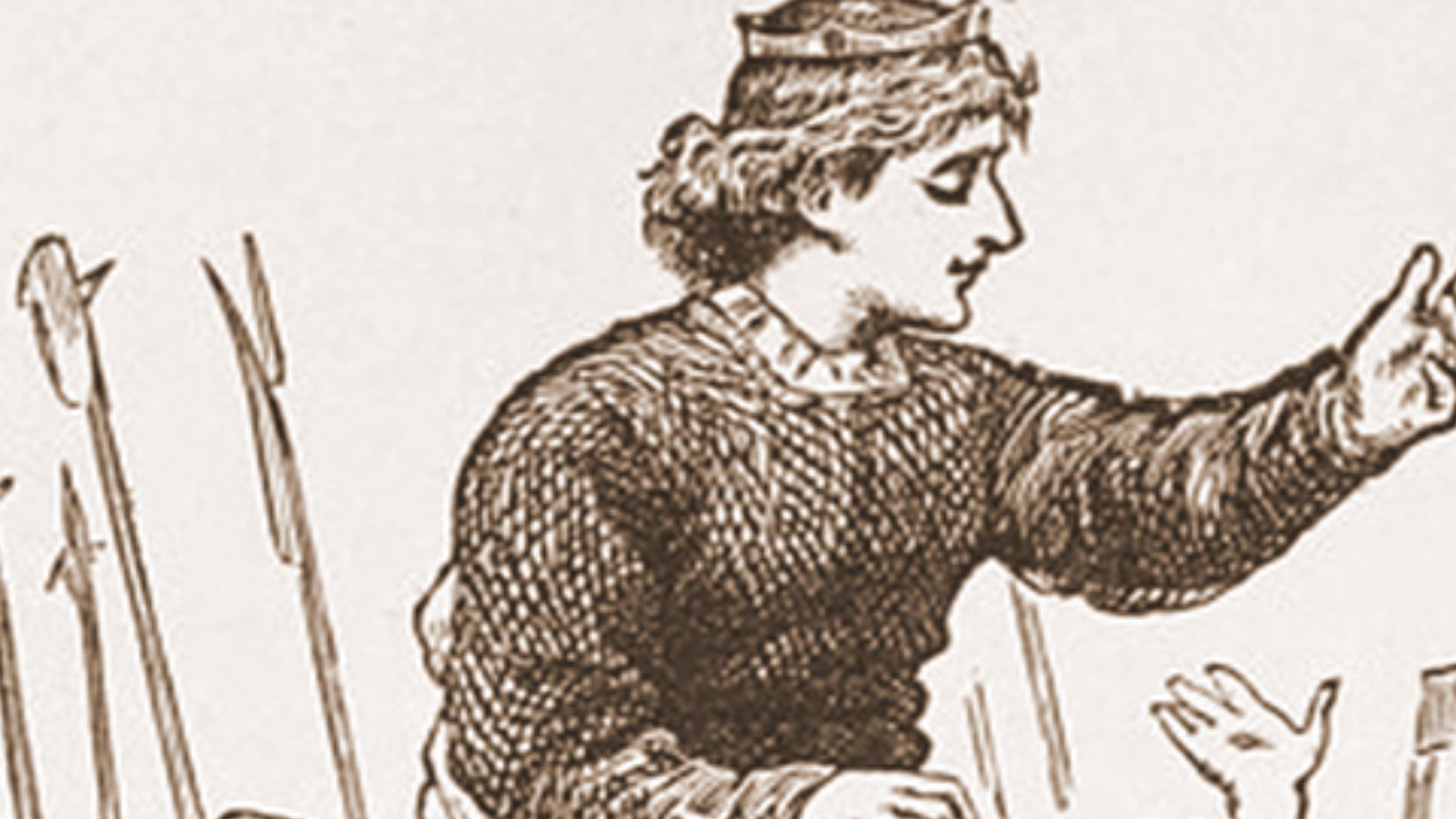 Wikimedia Commons, Wikimedia Commons
Wikimedia Commons, Wikimedia Commons
A Commoner's Ambition
Accounts of Simnel’s parentage vary, with some saying his father was a baker, others claiming he was a tradesman or an organ builder. Whatever the truth, he was certainly not a nobility. His rise to the political stage was entirely orchestrated by others.
Trained For Royal Deception
Simnel’s fortunes changed when an Oxford-educated priest named Richard Symonds took him in as a pupil. Symonds educated him in courtly behavior and etiquette. The boy was said to be handsome, clever, and capable of passing as noble.
The First Impersonation Attempt
Symonds originally planned to present Simnel as Richard, Duke of York, one of the lost Princes in the Tower. This plan was dropped when rumors emerged that Edward, Earl of Warwick, had died in the Tower. Symonds pivoted quickly to a new royal identity.
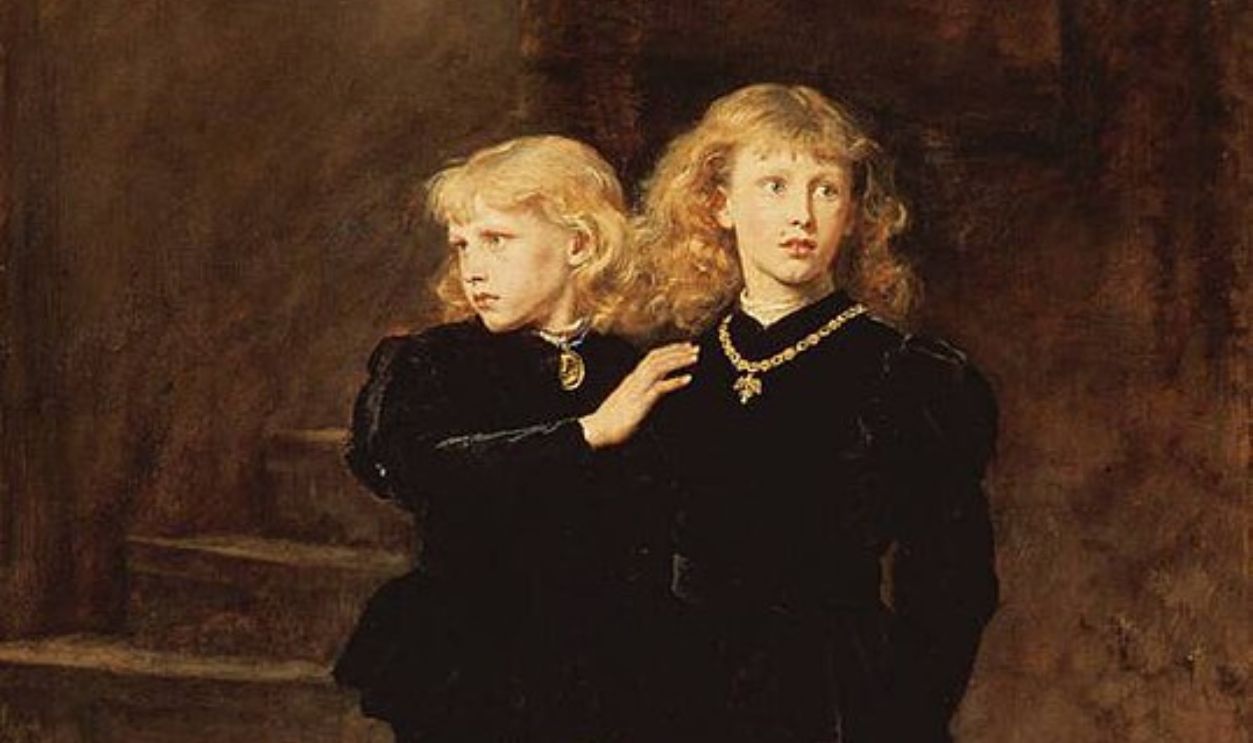 John Everett Millais, CC BY-SA 4.0, Wikimedia Commons
John Everett Millais, CC BY-SA 4.0, Wikimedia Commons
Capitalizing On A Rumor
The real Earl of Warwick was alive but imprisoned by Henry VII. When false reports of his passing circulated, Symonds saw a golden opportunity. Simnel, close in age to Warwick, was molded into his double.
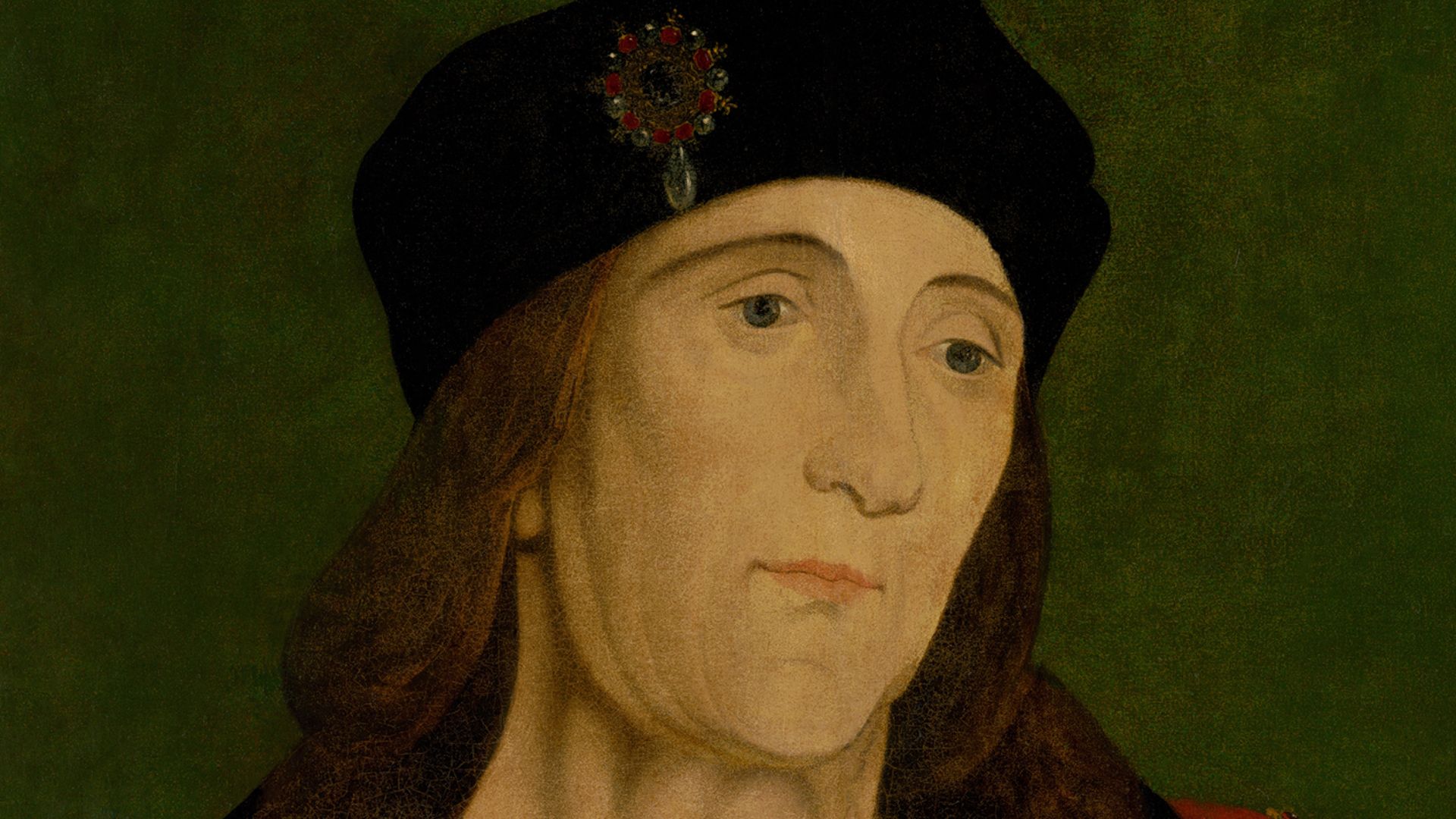 Not stated., Wikimedia Commons
Not stated., Wikimedia Commons
A Ready-Made Symbol
Edward Plantagenet, the real Earl of Warwick, was the son of George, Duke of Clarence and nephew to Edward IV. As a Yorkist heir, he was a powerful symbol to those still loyal to the House of York. Simnel became the figurehead they needed.
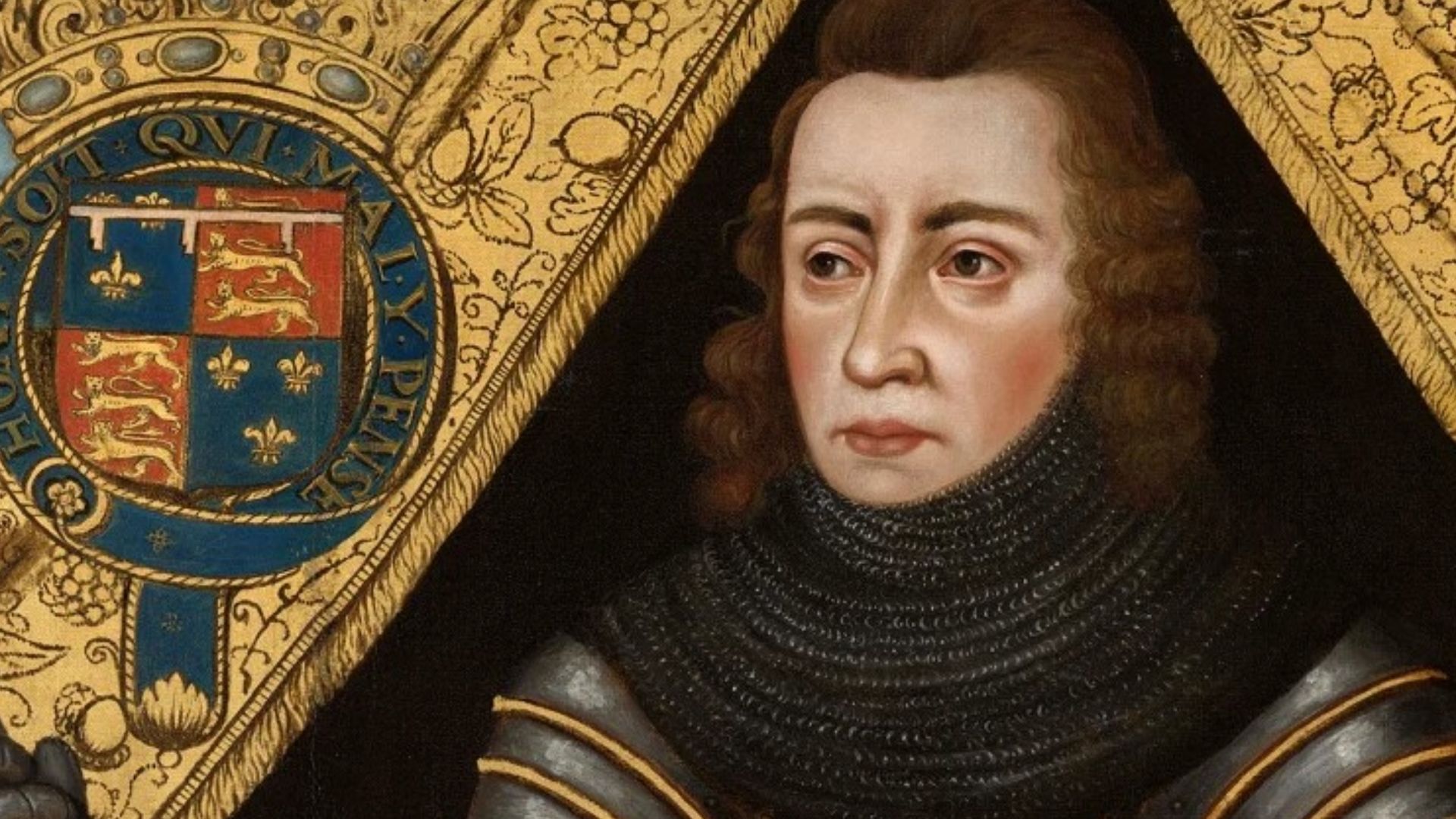 Unidentified painter, Wikimedia Commons
Unidentified painter, Wikimedia Commons
Used As A Political Pawn
According to historian James A Williamson, the Yorkist rebellion would have occurred even without Simnel. The boy was simply a convenient puppet for more powerful interests. The rebellion was orchestrated by experienced nobles like the Earl of Lincoln.
 Universal History Archive, Getty Images
Universal History Archive, Getty Images
A Yorkist Stronghold
Symonds took Simnel to Ireland, where the Yorkist cause still had support. There, they found backing from the influential Earl of Kildare. Ireland became the launchpad for Simnel’s audacious claim to the throne.
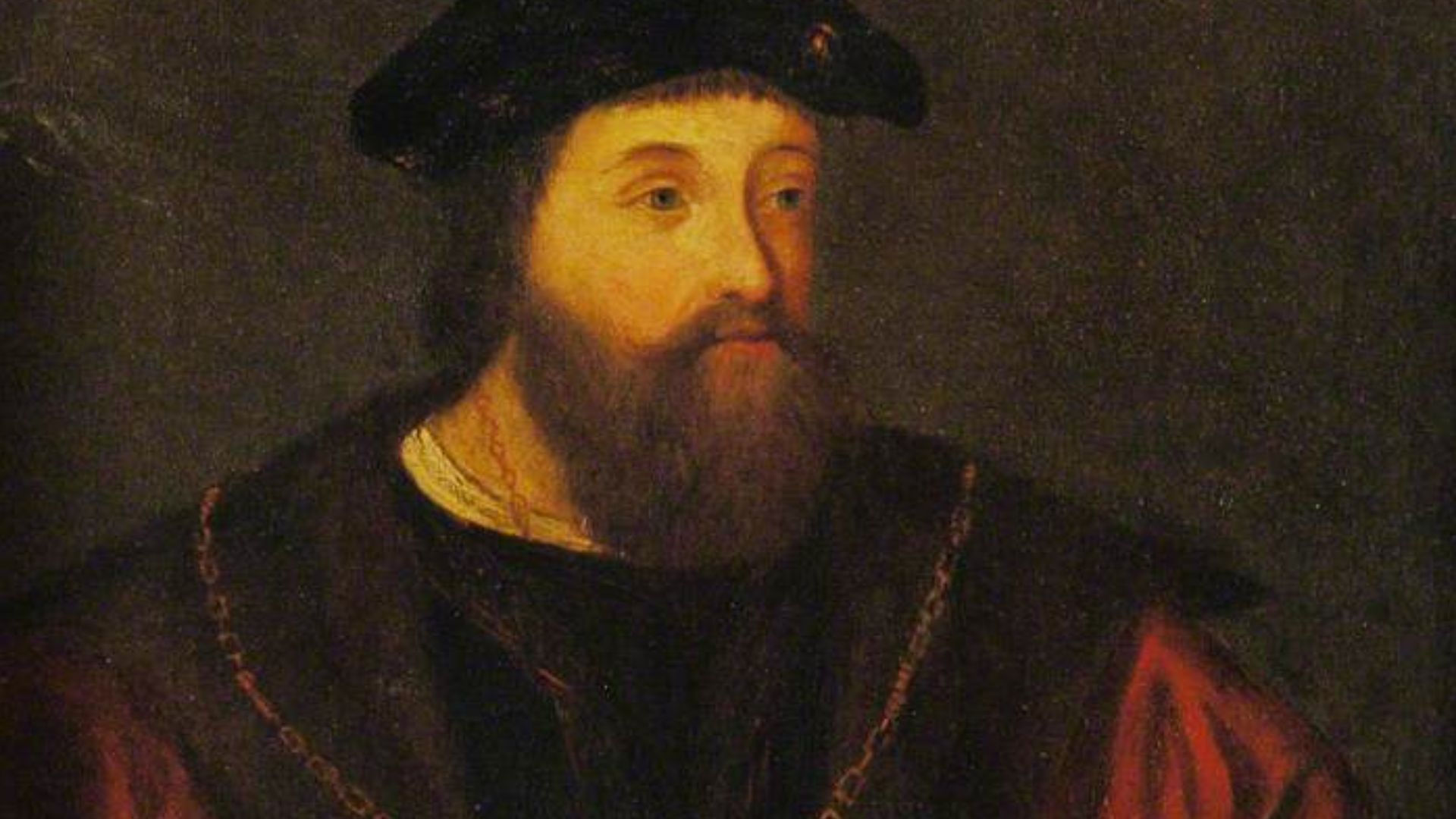 Unknown author artist, Wikimedia Commons
Unknown author artist, Wikimedia Commons

History's most fascinating stories and darkest secrets, delivered to your inbox daily.
Paraded Through The Streets
Simnel was publicly displayed in Dublin to gain support, carried on the shoulders of Sir William Darcy, known for his unusual height. This theatrical move helped stir excitement for his claim. The spectacle played into the romanticism of the Yorkist cause.
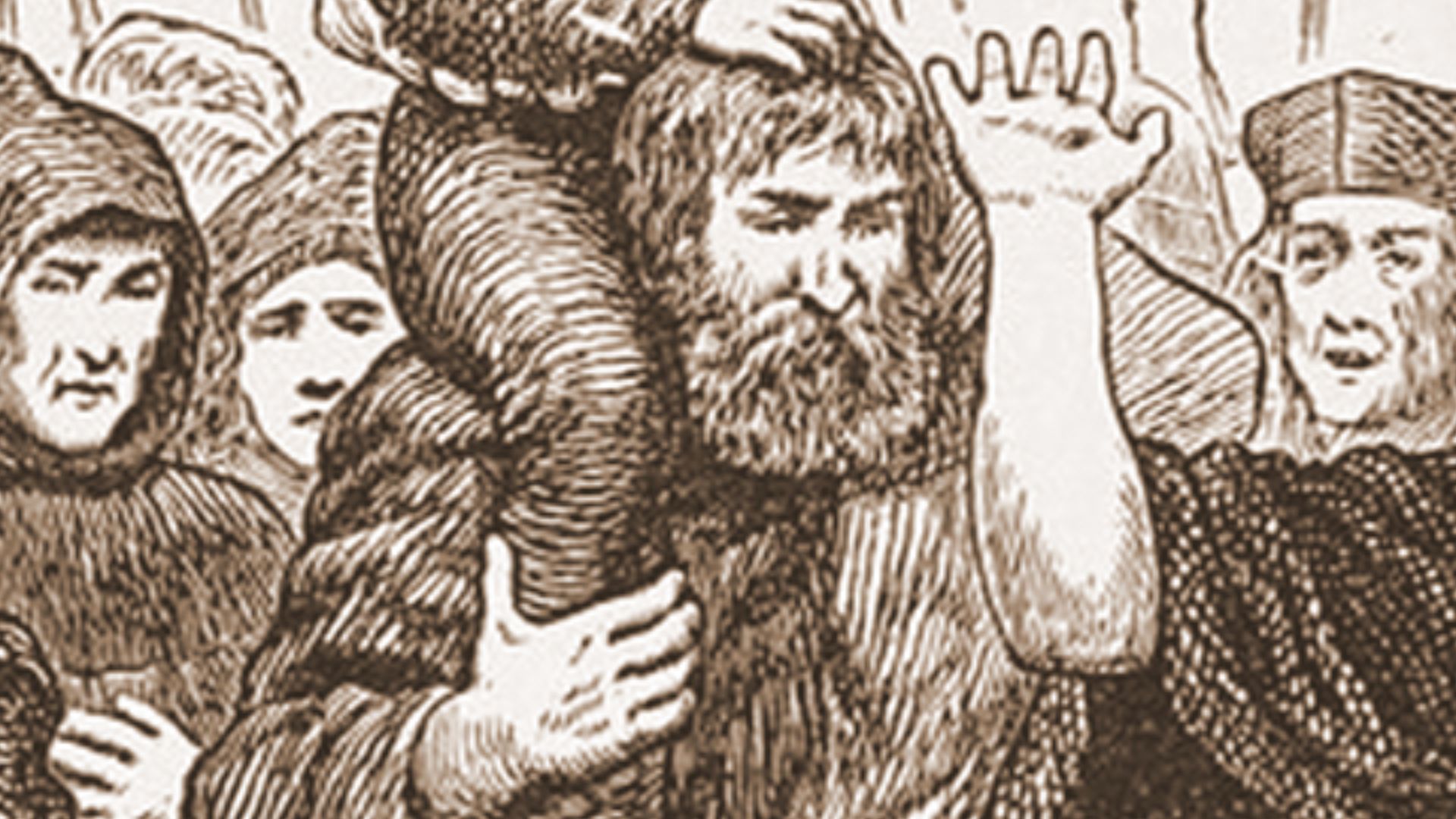 Wikimedia Commons, Wikimedia Commons
Wikimedia Commons, Wikimedia Commons
A Desperate Royal Countermove
To counter Simnel’s growing support, King Henry VII paraded the real Earl of Warwick through London. This was meant to prove that Warwick was alive and imprisoned. Despite this, news traveled slowly, and the rebellion pushed forward.
 NPG: Unknown artistUnknown artist Netherlandish artist / (by Michel Sittow), Wikimedia Commons
NPG: Unknown artistUnknown artist Netherlandish artist / (by Michel Sittow), Wikimedia Commons
A Child Crowned King
On May 24, 1487, Simnel was crowned “King Edward VI” in Dublin’s Christ Church Cathedral. He was only around 10 years old at the time. This marked a rare moment in history where a known pretender received a full coronation.
 Ridiculopathy, Wikimedia Commons
Ridiculopathy, Wikimedia Commons
Military Muscle From Abroad
John de la Pole, Earl of Lincoln, had once been named heir by Richard III. He joined the rebellion and fled to Burgundy to seek support. There, Margaret of York provided him with 2,000 Flemish mercenaries led by Martin Schwartz.
United By Yorkist Cause
Lincoln and the mercenaries returned to Ireland to join forces with Simnel. They were supported by Thomas FitzGerald, brother of the Earl of Kildare. This diverse army of Irish and continental troops would soon test their fate in England.
 Internet Archive Book Images, Wikimedia Commons
Internet Archive Book Images, Wikimedia Commons
Invasion On English Soil
On June 5, 1487, Simnel’s army landed on Piel Island in Lancashire. They were joined by a few English supporters, notably Sir Thomas Broughton. However, most English nobles chose not to join the cause.
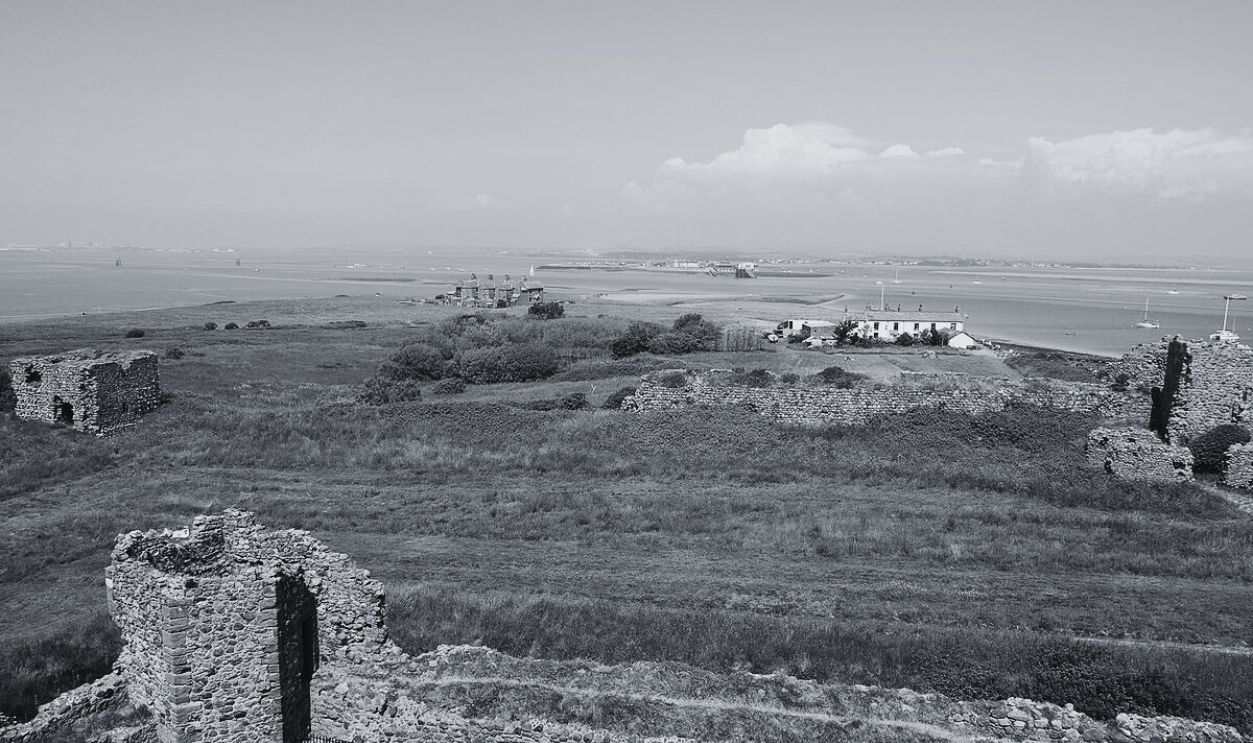 Piel Island as viewed from the Piel Castle by James T M Towill, CC BY-SA 2.0, Wikimedia Commons
Piel Island as viewed from the Piel Castle by James T M Towill, CC BY-SA 2.0, Wikimedia Commons
Henry VII Was Prepared
Henry VII had received vague intelligence about the rebellion early in 1487. Anticipating conflict in Ireland, he had already begun raising troops. When the invasion began, he was ready for battle.
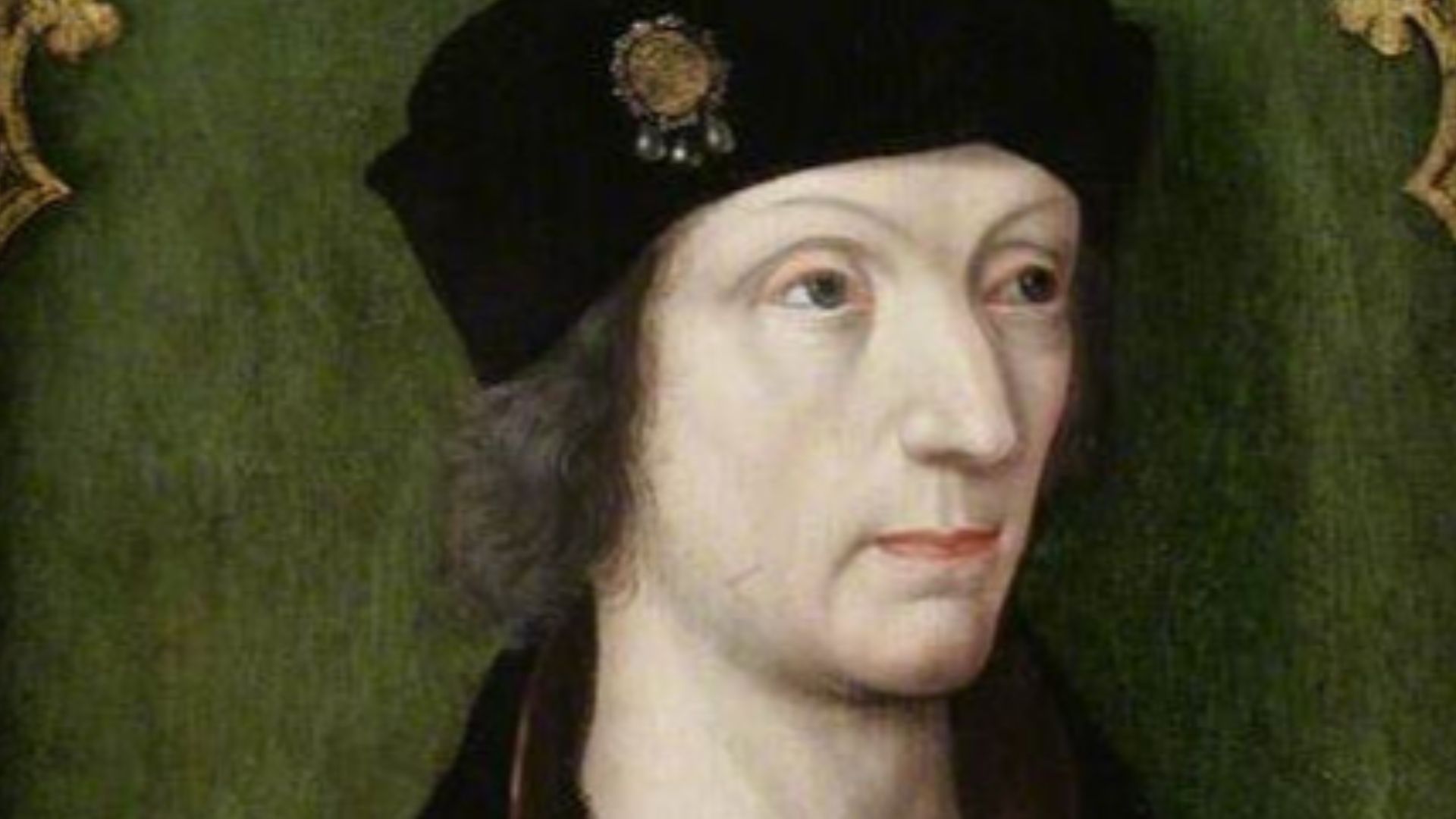 Attributed to Meynnart Wewyck, Wikimedia Commons
Attributed to Meynnart Wewyck, Wikimedia Commons
An All-Or-Nothing Strategy
Realizing their limited support in England, the rebels aimed for one decisive confrontation. They marched into Nottinghamshire, setting camp near East Stoke. Henry’s army, 12,000 strong, camped nearby.
 Kate Jewell, Wikimedia Commons
Kate Jewell, Wikimedia Commons
The Battle Of Stoke Field
On June 16, 1487, the two armies clashed at the Battle of Stoke Field. It was the last major engagement of the War of the Roses. Henry’s forces won a decisive victory, ending the uprising.
 Alan Murray-Rust , Wikimedia Commons
Alan Murray-Rust , Wikimedia Commons
Yorkist Leadership Destroyed
John de la Pole and Thomas FitzGerald were killed during the battle. Sir Thomas Broughton was said to have fled with Viscount Lovell. Lovell’s fate remains uncertain, rumors suggest he escaped to Scotland.
 MODIS Land Rapid Response Team, NASA GSFC, Wikimedia Commons
MODIS Land Rapid Response Team, NASA GSFC, Wikimedia Commons
The Priest Was Spared
Symonds, being a priest, was spared execution under church law. Nevertheless, he was imprisoned for life. His ambition as a "kingmaker" cost him his freedom.
Simnel's Life Was Spared
Henry VII recognized that Simnel was a pawn and not the mastermind. Instead of executing him, the King showed leniency. Simnel was given work in the royal kitchens as a spit-turner.
A Royal Falconer
As he grew older, Simnel’s duties shifted from the kitchen to falconry. He was appointed as a falconer, likely enjoying a quiet and relatively obscure life. The man who once wore a crown now trained birds.
Simnel’s Later Years
Almost nothing is known about Simnel’s life after his royal service. He passed on sometime after 1534. He may have married, as one Richard Simnel became a canon in Essex during Henry VIII’s reign.
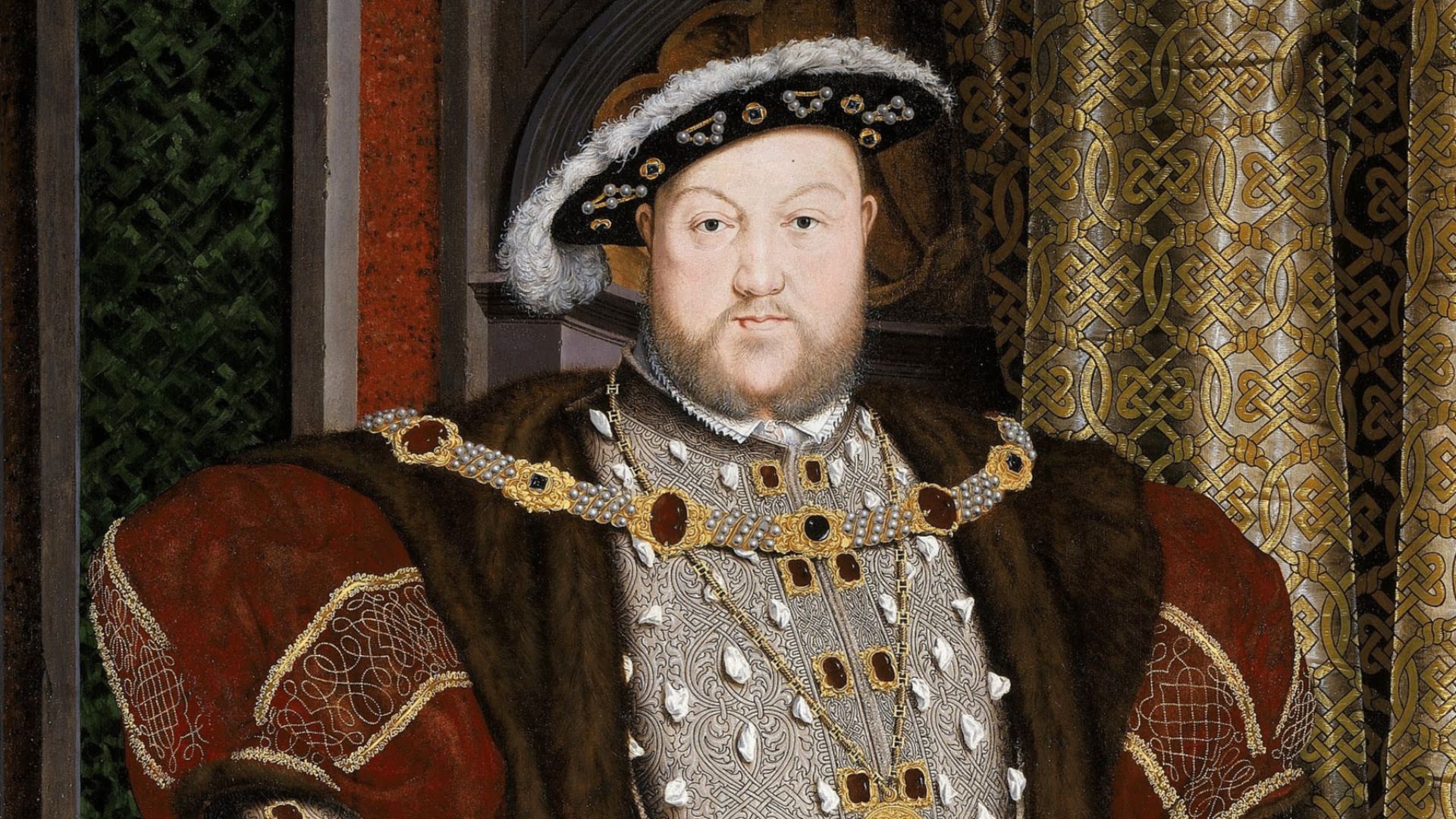 After Hans Holbein the Younger, Wikimedia Commons
After Hans Holbein the Younger, Wikimedia Commons
A Pretender In Pop Culture
Lambert Simnel appears in the 1972 BBC series The Shadow of the Tower. He was portrayed by child actor Gary Warren. This marked one of the earliest dramatizations of his story.
The Scullion King Sings
British folk-rock band Steeleye Span released “The Story of the Scullion King” in 2006. The song recounts Simnel’s dramatic rise and fall. It appeared on their album Bloody Men.
 Brian Marks, Wikimedia Commons
Brian Marks, Wikimedia Commons
From Pretender To Player
In 2017, author Avi published The Player King, a children’s novel about Simnel. The book offers a fictional first-person narrative from Simnel’s perspective. It introduces his story to a younger generation.
A Starz Adaptation
Simnel appears in the 2017 Starz series The White Princess. He is portrayed by actor Max True. The series fictionalizes his role in the rebellion during Henry VII’s reign.
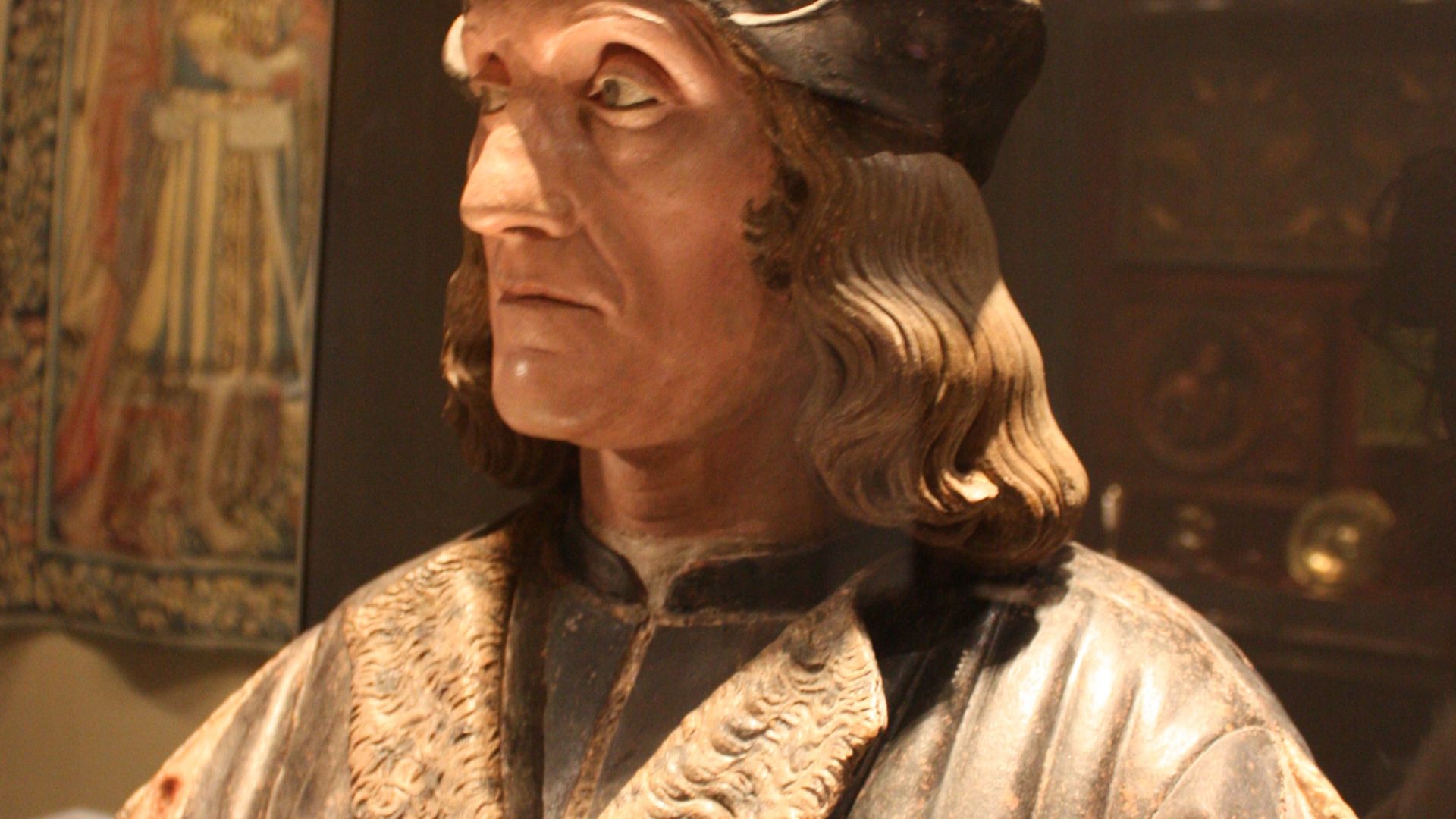 Wikipedia Loves Art participant "va_va_val", CC BY-SA 2.5, Wikimedia Commons
Wikipedia Loves Art participant "va_va_val", CC BY-SA 2.5, Wikimedia Commons
A Sketch Of A Scandal
Horrible Histories featured Simnel in a parody of Who Do You Think You Are? The sketch aired in 2013. It humorously explored his uncertain origins and false claim to royalty.
 Doctorqueensanatomy, Wikimedia Commons
Doctorqueensanatomy, Wikimedia Commons
Fiction Revisited In 2025
The 2025 novel The Pretender by Jo Harkin fictionalizes Simnel’s youth. The story delves into his life as a pawn in political power games. It offers a speculative but richly researched take.
 Author Jo Harkin of The Pretender, History and Coffee (also Books, Pens & Music)
Author Jo Harkin of The Pretender, History and Coffee (also Books, Pens & Music)
Last Pretender Of A Bloody Era
Simnel’s uprising marked the final echo of the War of the Roses. The defeat at Stoke Field brought an end to major Yorkist challenges. Henry VII’s dynasty would remain secure.
The House Of York’s Last Hope
To Yorkist loyalists, Simnel represented a return to rightful rule. His coronation in Dublin was a symbolic stand against Tudor control. Despite its failure, it underscored deep divisions in post-battle England.
 Rene Cortin, Wikimedia Commons
Rene Cortin, Wikimedia Commons
A Cautionary Tale
Lambert Simnel’s life is a study in manipulation, ambition, and survival. He was exploited by powerful men but escaped the worst consequences. His story serves as a rare instance of royal leniency.
Youngest Crowned Pretender
At around 10 years old, Simnel is the youngest person crowned in England, albeit falsely. His coronation as Edward VI was never recognized by the crown. It remains one of the strangest moments in royal history.
The Real Warwick Survived
The true Earl of Warwick lived on in the Tower of London. He was eventually executed in 1499. His passing came after years of Tudor mistrust and foreign pressure.
 Bob Collowan, Wikimedia Commons
Bob Collowan, Wikimedia Commons
Symonds The Kingmaker
Richard Symonds, the priest who shaped Simnel’s fate, was an unusual player in English politics. Unlike nobles or generals, he was a cleric with big ambitions. His attempt to “make a king” backfired permanently.
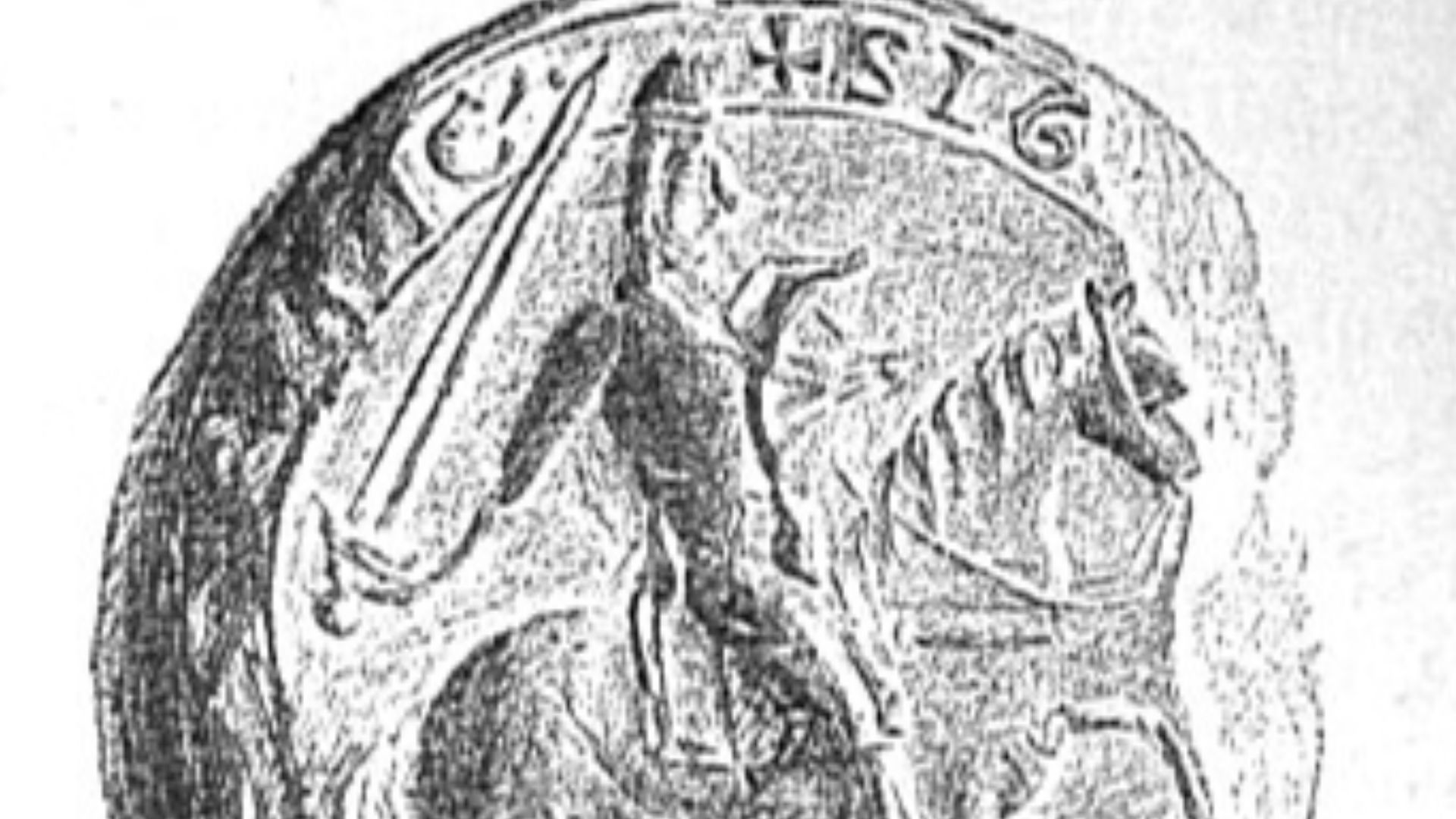 J. Harvey Bloom, Wikimedia Commons
J. Harvey Bloom, Wikimedia Commons
The Battle That Ended The Roses
Stoke Field is considered the final battle of the War of the Roses. It sealed Henry VII’s hold on power. Unlike Bosworth, it is less remembered but equally decisive.
 Peter Mattock, Wikimedia Commons
Peter Mattock, Wikimedia Commons
From Battlefield To Birdhouse
Simnel’s transformation from royal impostor to falconer is a historical oddity. Few other royal pretenders were granted a peaceful second act. It reflects Henry VII’s calculated mercy.
The Scullion Who Wore A Crown
Despite his humble origin, Simnel briefly wore a crown and heard people call him king. His fall from grace was swift but not fatal. History remembers him not as a villain, but as a boy who played a part.
You May Also Like:
The Nobody Who Almost Became A King
Michael Romanoff, The Celebrity Romanov Imposter
The War Of The Roses: The Brutal Inspiration Behind Game Of Thrones

